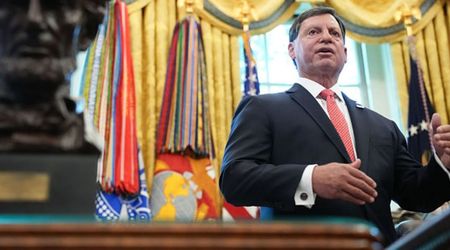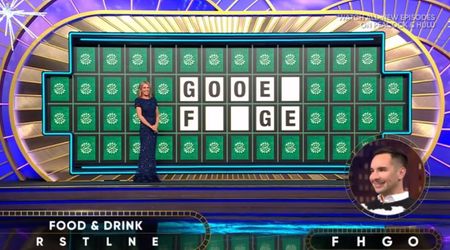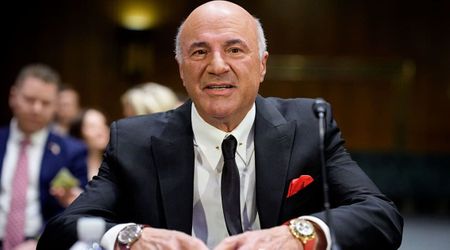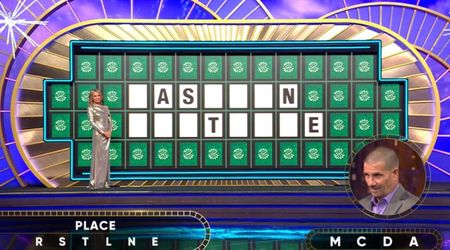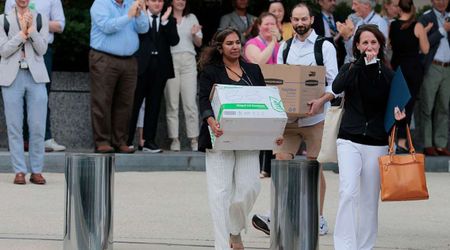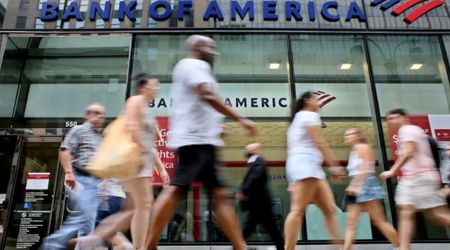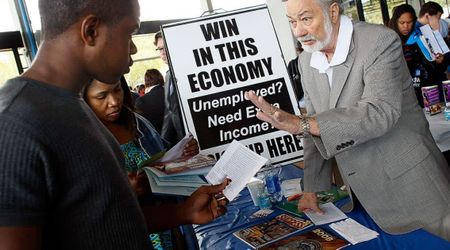Big Drop Expected in Student Loan Bills Soon; Here's Why

Student loans have been a problem for most of the American population for quite some time now. However, your student loan bill may see a significant drop in the coming months, per reports. A feature of the Biden administration’s latest income-driven repayment plan that promises to reduce millions of borrowers’ monthly payments kicks in on July 1, as per CNBC. As per experts, this could mean a dramatic drop for many borrowers. Biden administration put in motion in the summer of 2023 the Saving on a Valuable Education (SAVE) plan which the president said could result in affordable payments for many people.

This SAVE plan is very similar to the Revised Pay As You Earn (REPAYE) plan from the U.S. Department of Education. This means, that under this plan, you will be able to make monthly payments based on a percentage of your discretionary income. There are several ways in which this could lower your payments more drastically as compared to other income-driven payment plans. Firstly, this plan increases your income that is exempted, up to 225% of the poverty line, compared to only 150% that was exempted under the old REPAYE plan. For example, if a person makes roughly $50,000 a year with a previous student loan payment under REPAYE of around $228, the monthly bill will be around $67. Meanwhile, someone earning $125,000 will see their bill fall to $380 from $853, as per higher education expert Mark Kantrowitz, via CNBC.

Now, there are some things that one should note when it comes to the SAVE plan. For starters, one should be aware of all the different repayment options available to them before choosing the SAVE plan. This is because the SAVE plan may not be the optimal option for everyone. To view your loans, and loan payments head to StudentAid.gov and go to the "My Aid" page.
As per reports, payments on undergraduate loans will be cut in half starting July 2024. This means that borrowers who have a mix of both undergraduate and graduate loans will pay a weighted average of between 5% and 10% of their income on the original principal balances of their loans taken.
Moreover, in the SAVE plan, your monthly payment won't rise due to unpaid interest. This is because any interest that is not covered by your monthly payment won’t be added to your principal balance.

In order to qualify for a lower payment under the SAVE plan, your total debt will need to be greater than one-third of your annual income. To apply for this program, students can head to the same website, Studentaid.gov, and check.
Furthermore, some borrowers including those who borrowed close to $12,000 or less will receive loan forgiveness in as few as 10 years under the SAVE plan. Any payments that you may have made under an existing IDR plan will be counted towards the borrower's timeline, which is a huge relief for many of the students who are looking to shift from other plans to the SAVE plan.

